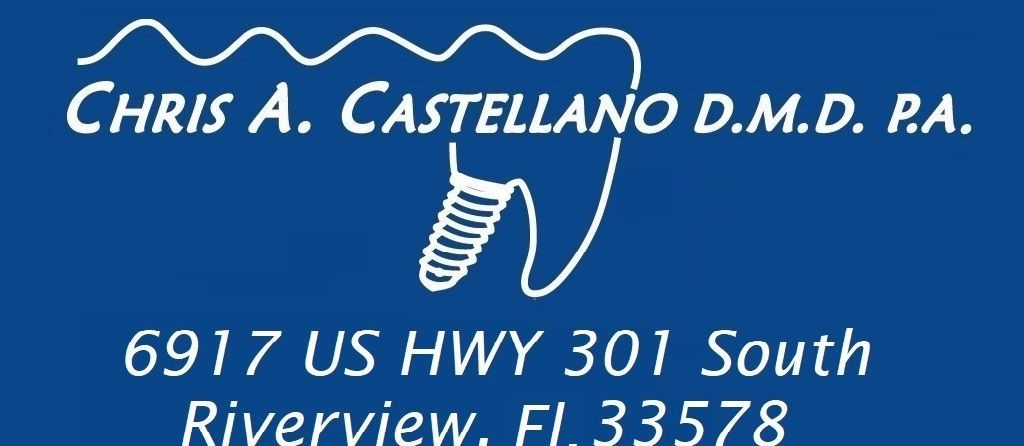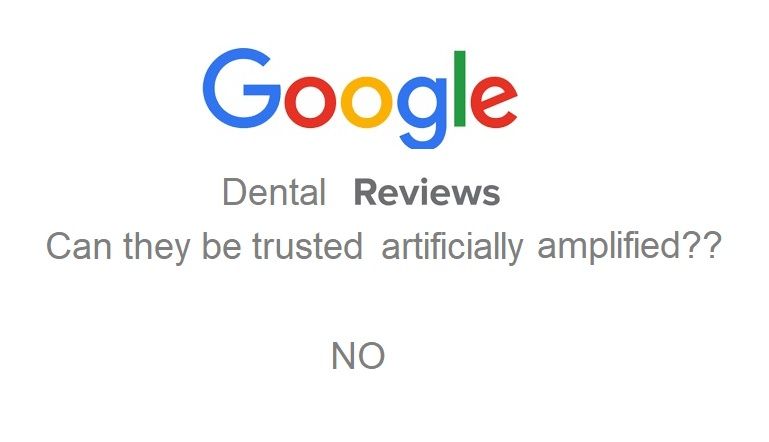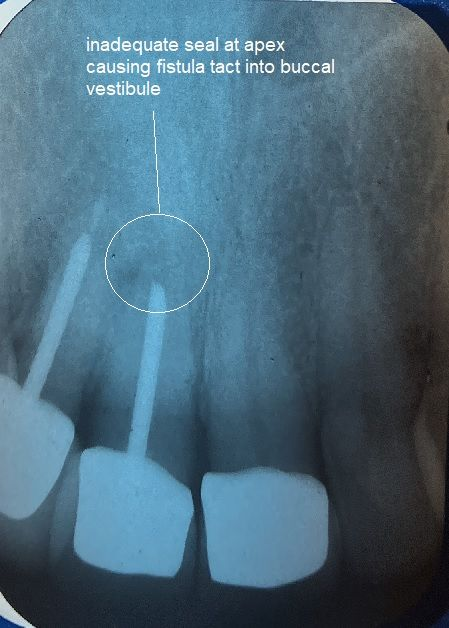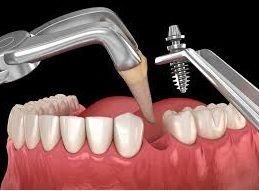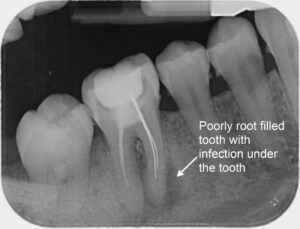If a tooth is knocked out, it's a dental emergency requiring immediate action. First, try to put the tooth back in its socket, then seek emergency dental care as soon as possible, ideally within an hour. If you can't put it back, keep the tooth moist by placing it in milk or saliva, or a tooth-saving solution.
Detailed Steps:
- Locate the tooth: If possible, find the tooth that was knocked out.
- Handle the tooth carefully: Pick up the tooth by the crown (the chewing surface), not the root.
- Rinse gently: If the tooth is dirty, rinse it briefly with water or milk, but avoid scrubbing or removing any tissue attached to the root.
- Reinsert if possible: If the tooth is still loose, gently try to put it back in its socket, ensuring the root-side is facing the gums.
- Keep the tooth moist: If you can't put it back in the socket, keep the tooth moist by placing it in milk, your saliva, or a tooth-saving solution.
- Seek emergency dental care: Go to your dentist or a nearby emergency dental clinic as soon as possible, ideally within an hour of the injury. The tooth will have to ridgedly fixated for several weeks 6-8 or more done with heavy wire bonded over several teeth.
